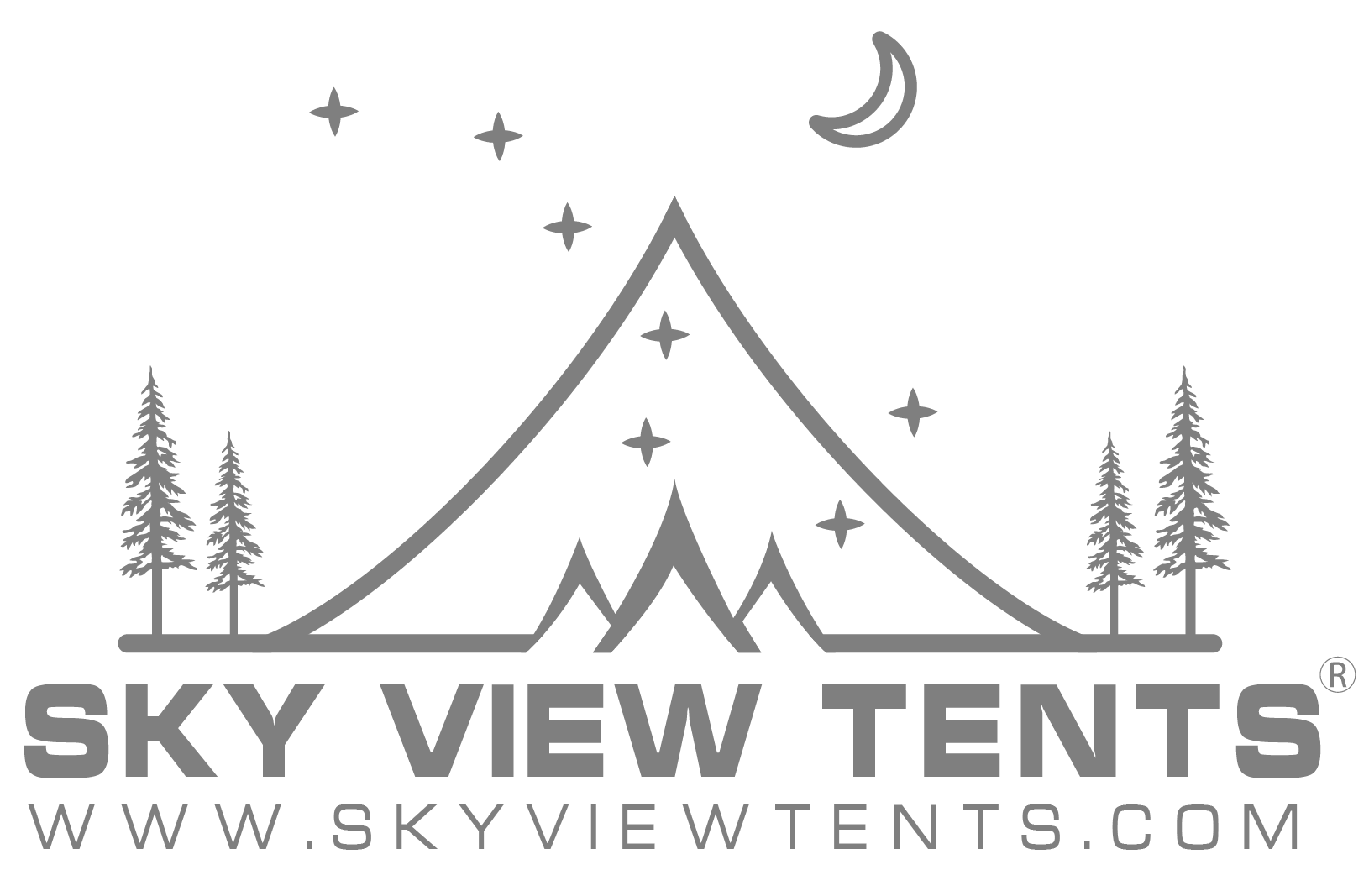By Guest Contributing Author: Mike Pach
So you want to try your hand at astrophotography while camping? That’s awesome! With any great adventure like this, you have to prepare accordingly and decide what gear you’ll need to bring with you in order to have a successful trip. Your decisions will be based on things like what time of year it is and what type of camping you’re doing.
Here are some tips to help you have an amazing experience under the stars.
The Best Laid Plans
Although the Milky Way is visible all year round, “Milky Way Season” is considered to be roughly March through October because that’s when the Galactic Core is visible. You’ll want to plan your camping trip during these months if you want the core to appear in your photos, and you’ll need to know some key information about visibility times and how the position of the Milky Way changes as the season progresses.
In March and April, the Milky Way arches low over the eastern horizon with the core in the southeast sky. This is a great opportunity to capture panoramic images containing the entire visible portion of the Milky Way. To improve your chances of getting great photographs when venturing out at this time of the year, try camping in a location with a good view to the east. One drawback to photographing the Milky Way early in the season is that it typically doesn’t rise until 2 or 3 am. Since you’ll be photographing from your campsite, you can simply set an alarm and jump out of your tent at just the right time. Even better, with a Sky View Tent, you can keep an eye on the sky from the comfort of your sleeping bag instead of having to climb out of a tent half asleep.
The Milky Way gets higher in the sky, and the Galactic Core swings to the south as we move into the summer months. May has become my favorite month because you can still get panoramic images early in the evening while the mountain valleys have turned green and the peaks still have snow. June and July have the longest windows of core visibility, but also the shortest periods of darkness. The visibility window shrinks rapidly as August leads into September and October, and the core shifts towards the west. A benefit to photographing the Milky Way in the fall is that you don’t have to wait until very late in the evening to see the core, but the visibility time is rather short.
I’m not a huge app user, but if there’s one app I can’t live without, it’s Photopills. One of the most important features of Photopills is its planning function. With it, you can look up any future date and find out when the core of the Milky Way will be visible and where it will be positioned in the sky. You can also find sunset, sunrise, moonset and moonrise times as well as information about the moon phase. All of this information is critical to the planning process, and I consult Photopills any time I am going out to photograph the night sky. It’s also the tool I use to plan my astrophotography workshop season.
If possible, scout out the location where you plan to photograph the night sky during the day. This will help you find foreground objects that you would like to utilize in your compositions and potential hazards that might not be visible in the dark. Even if you’re going to a place you’ve visited many times before, it can be very disorienting to be there in the dark, and it’s easy to lose your sense of direction.
If you’re visiting from outside the area, hire a local guide or connect with a local photography group for tips on conditions at that location. For example, those visiting the Sand Dunes for the first time might not be aware that it’s a good idea to carry your gear in an easily accessible bag or pack that allows you to keep from getting damaged by the sand.
Location, Location, Location
It’s important to get away from light pollution from any towns or cities in order to maximize the number of visible stars. I recommend going to a certified dark-sky location. You can find a list of them in Colorado on the DarkSky Colorado website. You can also check light pollution maps like this one to find a dark location. You’ll want to find a place with a sky quality of Bortle 4 or lower… more on that here. You’ll also want a camping spot that allows you to avoid other people so you don’t disturb each other in the dark. Try to avoid places with a lot of vehicle traffic because headlights and taillights can ruin your photos. If you plan on using a commercial campground, you’ll want to check to see if they leave lights on all night and if it’s possible to get away from them.
Be Prepared for the Weather
It’s important to check weather forecasts, but I personally don’t rely 100% on weather apps to make my decisions because they’re often wrong. Of course, if there’s a chance it’s going to rain, pack rain gear for yourself and your camera equipment. Ponchos, rainproof clothing, pack covers, umbrellas and even food-storage and garbage bags are invaluable when it comes to keeping you and your gear dry.
It’s important to dress in layers, even in the summertime here in Colorado. I conduct workshops in an area that’s above 8,000 feet, and the warmest night I’ve ever experienced there in the summer was 55 F. You can expect temperatures to drop to 30 F if you’re at higher elevations in the mountains. This video shows you how to dress in layers.
If you’ll be camping in the winter months, check out my video with cold-weather tips for your gear.
The Fear of Leaving Something Behind (FOLSB)
Did I just coin a new term? We all have that fear that we’re going to forget something that’s really important. And, of course, Murphy’s Law states that if you forget something, that’s the one thing you’re really going to need. I once forgot to bring my long pants on a camping trip, and another time I actually forgot to bring my camera! I suggest making lists for your camping gear and your camera gear. I will admit that I tend to let the expletives fly when I discover I’ve forgotten something I really need, especially since that search for what’s missing is much more challenging in the dark.
What you bring with you depends on what type of camping you’re doing. If you’re pulling up the Winnebago and driving to your campsite, it might not be a bad idea to bring everything you could possibly need as long as it fits in your vehicle. I think the biggest problem with this method is the effort it takes to put everything back in its place when you get home.
If you’re hiking to your campsite or photography location, then you have to be much more selective about what you bring because you have to carry it (unless you’re a pack mule). If I am hiking to my destination, then I limit myself to one camera body, one or two lenses, a lightweight tripod, my smaller star tracker and whatever accessories I will need such as a remote, spare batteries, headlamp, etc. Then I have to leave room for extra warm clothes, food and water.
Be Patient and Adapt
The most important thing about your outing is your overall experience, and the photographs you make are a record of that experience. Having the right equipment with you will enhance that experience, but try not to get disappointed and have an alternate plan if the weather doesn’t cooperate. I’m always optimistic when it comes to the weather because I’ve seen things change very quickly and work out in my favor when I am patient. I encourage my students to engage in mindfulness practices by spending time away from their cameras just to observe the night sky with a sense of wonder and gratitude.
Be safe and have fun!
About the Author
Mike Pach is an internationally known, award-winning photographer, speaker and author. He is the owner of 3 Peaks Photography & Design in Colorado Springs and the founder of the Colorado Photography Learning Group. Mike is an ambassador for Move Shoot Move and the board secretary for DarkSky Colorado. He has been conducting night-sky photography workshops in Colorado since 2016. To see what classes, workshops and photo tours Mike has scheduled, check out his 3 Peaks Photography & Design website.






